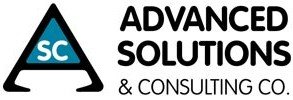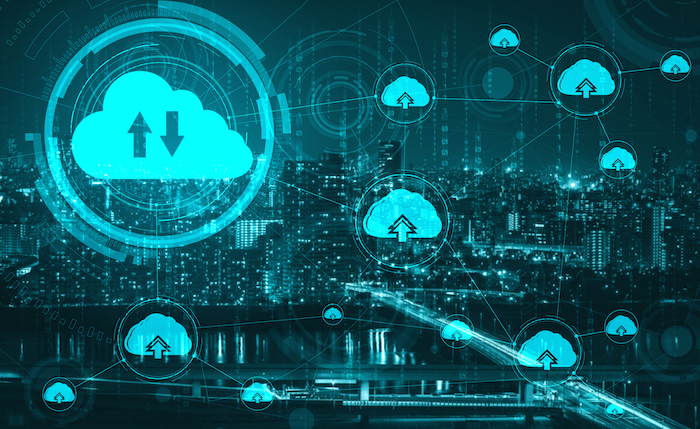A distribution ERP system needs to handle many different aspects of the business. It should provide peace of mind along with easy operation to make sure the business continues to run smoothly. When looking for a new ERP system to handle current needs and provide scalability for future growth, look for the following six key features.
#1 – Sales Order Management
An ERP system should manage sales orders from the moment an order is placed through materials ordering and inventory, manufacturing, distribution and billing. The system should also streamline the sales order management process by reducing order times and eliminating delays. Optimizing the entering of quotes and fulfilling orders can help minimize costs in this process. The software needs to allow for multiple warehouses, returns, credit limits and drop shipments. It’s helpful if the system has the ability to handle complex pricing, discount policies, volume discounts and multiple discounts per item while still allowing for price overrides. Sales order change notifications, along with order tracking and shipping tracking functionality are also essential. Customer service should be able to locate orders to verify shipping and delivery information.
#2 – Advanced Inventory
An ERP system will ideally enhance purchase order management by optimizing and automating the purchasing process—minimizing overall costs and ensuring that the correct materials are always available for manufacturing. The system has to keep track of inventory to organize and simplify complex distribution processes, with the ability to customize the system to fit your specific business needs. The system needs to track inventory by lot or serial number that can be entered manually or through mobile scanning devices. And, it has to be able to handle multiple warehouses and track inventory when transferring goods between locations.
#3 – Requisition Management
An effective ERP system is one that can handle multiple products and suppliers in a simple way. The result is to make complex distribution processes more organized and manageable. It should optimize the gathering of requests, obtaining bids, creating and approving quotes, manage purchases, and fulfill both internal orders and customer orders.
#4 – Purchase Order Management
To ensure that the proper materials are on hand when needed and costs are effectively managed, an ERP system will automate and optimize the purchasing process. This will require customizable workflows with rules based on the type of order, vendor information, discount amounts, order amounts or transaction-specific information. With this capability, the system can perform tasks like tracking when purchase orders are received and if they are fully or partially received.
#5 – Warehouse Management
Warehouse management in ERP systems should manage processes with real-time availability of inventory, inventory in transit, reorder quantities and inventory costs. This approach minimizes inventory and costs associated with the acquisition, storage, and location of products and materials to manage the distribution process effectively.
#6 – Advanced Financials
The best ERP system will let management know the true cost of operating the business, from requisitions to customer order fulfillment. Dashboards need to show real-time profitability by warehouse, product line, location or business unit. Managers can then use that real-time information across the entire supply and distribution chain to make more informed decisions. Financial information has to be available anytime, anywhere, from any device.
This may sound like a lot to think about, and it is, but we can help you sort out what’s important for your specific requirements. We have worked with many distribution businesses on implementing ERP systems. To learn more, contact us for a demo of Acumatica’s Distribution Edition and an informative conversation.

